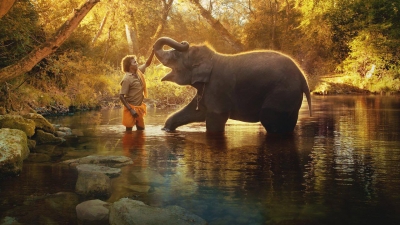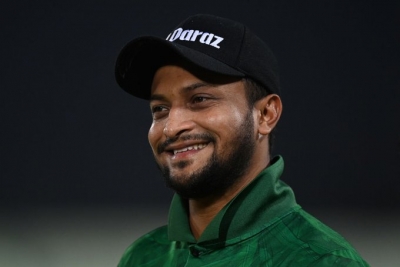
<br>Kartiki, who has been a natural history photographer and can conjure up haunting frames with her composition (one look at her Instagram will leave you floored), made her debut with the short film, a short film which took five years in the making. But, all good things take time and when they come to fruition, the world witnesses their power.
Kartiki is hopeful that this win will push many aspiring filmmakers to tell the story that they yearn to tell. She shared with IANS, “I hope this paves the way for young filmmakers who are scared about not having the funding to make a film. I would tell them, just go out there with the conviction of telling the stories that you want to tell to the world and things will fall into place. Your story will help you connect, just work on your craft and give your best.”
Talking about the cameras and the lenses she used to create such enchanting photography for the screen, the filmmaker excitedly told IANS, “We started with Sony FS7 Mark II, FS5 Mark II, A7R III, A7S III. We used all lenses ranging from 16-35 mm, 70-200 mm, 200-600 mm, 50 to 90 mm for the macro shots.”
During the course of six years, Kartiki not just changed as a storyteller, she rather grew up with Raghu — the baby elephant from her film that has been garnering love on the internet.
She said, “Watching an elephant calf grow from three months to 6.5 years, it’s a journey of its own, it’s something else altogether. I spent a lot of time with the young elephants during the making of this film. Earlier, I was subjected to experiencing very large elephants throughout my life. The first time I visited the Theppakadu camps was when I was three-years- old. So, I have been in and out of these forests.”
Raghu’s trunk has a character of its own, it has a certain playfulness, innocence and sometimes the resistant firmness when he doesn’t eat upon being fed. Talking about the aspect of his trunk and its portrayal in the film, Kartiki walked down the memory lane as she reminisced about the time when Raghu had no control over his trunk, “When I first met Raghu, he had no control over his trunk. When you see large elephants, they’re very majestic and graceful, but to see a baby elephant figuring out what to do with his trunk, watching them run around and fall, it was refreshing and inspiring for me and that got channeled into what we see on the screen.”
The film boasts of stellar photography, the geometry in the frames, the artwork on the elephants during the festivals and of course, the colours. When asked about her thought process behind bringing all these together, she said, “The place where we shot the film, is a home to me. I have grown watching its beautiful elements and I have always wanted to share these with an audience about how my home looks. In a way, this film is a tribute to the place where I come from and my family and our tradition. I wanted my photography to project our local culture to the world and I am so glad and so humble that it happened.”
Talking about the film’s location, she further mentioned, “Mudumalai Tiger Reserve is surrounded by the Nilgiri hills which are much older than the Himalayas. You cannot help but just get blown away by the beauty of it even as a creative person who’s just trying to do their work.”
“It’s home to so many species, it’s the largest reserve for Asian elephants, it’s home to many tigers and is a rich biodiversity zone. In my home in Ooty, we have leopards roaming around our house freely. I have installed tracker cameras to monitor their movement. All this ecosystem I wanted to show to the audience,” she concluded.
–IANS<br>aa/khz/










